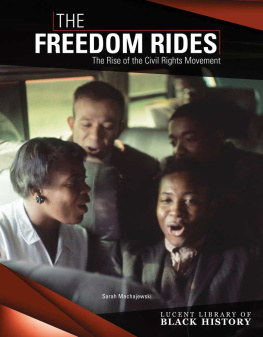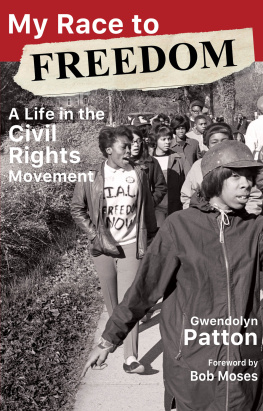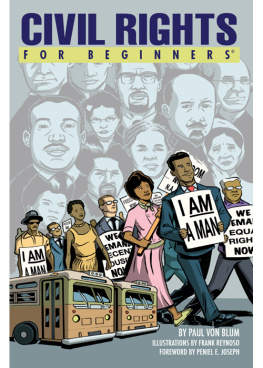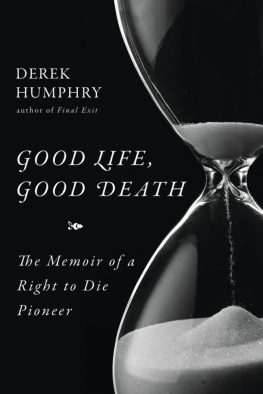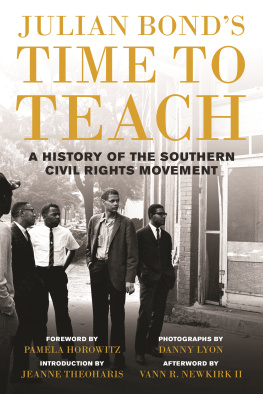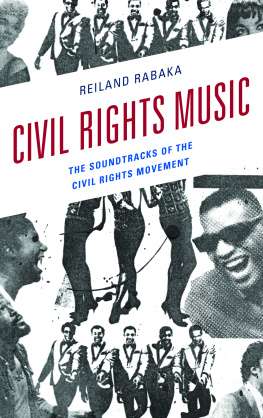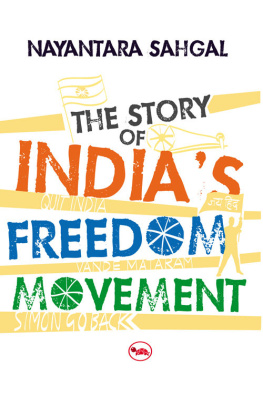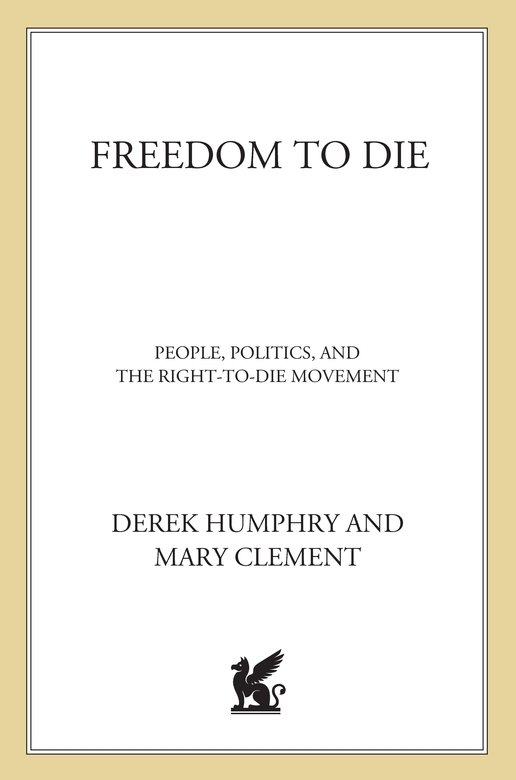| 1906 | First euthanasia bill drafted in Ohio. It does not succeed. |
| 1935 | Worlds first euthanasia society is founded in London, England. |
| 1938 | The Euthanasia Society of America is founded by the Rev. Charles Potter in New York. |
| 1954 | Joseph Fletcher publishes Morals and Medicine, predicting the coming controversy over the right to die. |
| 1957 | Pope Pius XII issues Catholic doctrine distinguishing ordinary from extraordinary means of life-support. |
| 1958 | Oxford law professor Glanville Williams publishes The Sanctity of Life and the Criminal Law, proposing that voluntary euthanasia be allowed for competent, terminally ill patients. |
| 1958 | Lael Wertenbaker publishes Death of a Man, describing how she helped her husband commit suicide. It is the first book of its genre. |
| 1967 | A right-to-die bill is introduced by Dr. Walter W. Sackett in Floridas legislature. It arouses extensive debate but is unsuccessful. |
| 1968 | Doctors at Harvard Medical School propose redefining death to include brain death as well as heart-lung death. Gradually this definition is accepted. |
| 1969 | The first Living Will is written by attorney Louis Kutner, and his ar guments for it appear in the Indiana Law Journal. |
| 1969 | Voluntary euthanasia bill introduced in the Idaho legislation. It fails. |
| 1969 | Elisabeth Kubler-Ross publishes On Death and Dying, opening discus sion of the once-taboo subject of death. |
| 1970 | The Euthanasia Society (U.S.) finishes distributing 60,000 Living Wills. |
| 1973 | American Hospital Association creates Patient Bill of Rights, which includes informed consent and the right to refuse treatment. |
| 1973 | Dr. Gertruida Postma, who gave her dying mother a lethal injection, receives light sentence in the Netherlands. The furor launches the eu thanasia movement in that country (NWE). |
| 1974 | The Euthanasia Society in New York renamed the Society for the Right to Die. The first American hospice opens in New Haven, Connecticut. |
| 1975 | Deeply religious leaders of the Christian ecumenical movement, Henry P. Van Dusen, 77, and his wife, Elizabeth, 80, choose to commit sui cide rather than suffer from disabling conditions. Their note reads, We still feel this is the best way and the right way to go. |
| 1975 | Dutch Voluntary Euthanasia Society (NWE) launches its Members Aid Service to give advice to the dying. Receives twenty-five requests for aid in the first year. |
| 1976 | The New Jersey Supreme Court allows Karen Ann Quinlans parents to disconnect the respirator that keeps her alive, saying it is affirming the choice Karen herself would have made. Quinlan case becomes a legal landmark. But she lives on for another nine years. |
| 1976 | California Natural Death Act is passed. The nations first aid-in-dying statute gives legal standing to Living Wills and protects physicians from being sued for failing to treat incurable illnesses. |
| 1976 | Ten more U.S. states pass natural death laws. |
| 1976 | First international meeting, in Tokyo, of right-to-die groups. Six orga nizations are represented. |
| 1978 | Doris Portwood publishes the landmark book Commonsense Suicide : The Final Right. It argues that old people in poor health might justifi ably kill themselves. |
| 1978 | Whose Life Is It Anyway?, a play about a young artist who becomes quadriplegic, is staged in London and New York City, raising disturbing questions about the right to die. A film version appears in 1982. Jean s Way is published in England by Derek Humphry, describing how he helped his terminally ill wife to die. |
| 1979 | Artist Jo Roman, dying of cancer, commits suicide at a much-publicized gathering of friends that is later broadcast on public television and reported by The New York Times. |
| 1979 | Two right-to-die organizations split. The Society for the Right to Die separates from Concern for Dying, a companion group that grew out of the Societys Euthanasia Education Council. |
| 1980 | Advice column Dear Abby publishes a letter from a reader agonizing over a dying loved one, generating 30,000 advance care directive requests at the Society for the Right to Die. |
| 1980 | Pope John Paul II issues Declaration on Euthanasia, which opposes mercy killing but permits the greater use of painkillers to ease pain and the right to refuse extraordinary means for sustaining life. |
| 1980 | Hemlock Society is founded in Santa Monica, California, by Derek Humphry. It advocates legal change and distributes how-to-die infor mation. This launches the campaign for assisted dying in America. Hemlocks national membership will grow to 50,000 within a decade. Right-to-die societies also formed the same year in Germany and Can ada. |
| 1980 | World Federation of Right-to-Die Societies is formed in Oxford, England. It comprises twenty-seven groups from eighteen nations. |
| 1981 | Hemlock publishes how-to suicide guide, Let Me Die Before I Wake , the first such book on open sale. |
| 1983 | Author Arthur Koestler, terminally ill, commits suicide a year after pub lishing his reasons. His wife, Cynthia, not terminally ill, chooses to commit suicide with him. |
| 1983 | Elizabeth Bouvia, a quadriplegic suffering from cerebral palsy, sues a California hospital to let her die of self-starvation while receiving com fort care. She loses and then files an appeal. |
| 1984 | Advance care directives become recognized in twenty-two states and the District of Columbia. |
| 1984 | The Netherlands Supreme Court approves voluntary euthanasia under certain conditions. |
| 1985 | Karen Ann Quinlan dies. |
| 1985 | Betty Rollin publishes Last Wish, her account of helping her mother to die after a long losing battle with breast cancer. The book becomes a bestseller. |
| 1986 | Roswell Gilbert, 76, sentenced in Florida to twenty-five years without parole for shooting his terminally ill wife. Granted clemency five years later. |
| 1986 | Elizabeth Bouvia is granted the right to refuse force feeding by an appeals court. But she declines to take advantage of the permission and is still alive in 1998. |
| 1986 | Americans Against Human Suffering is founded in California, launching a campaign for what will become the 1992 California Death With Dignity Act. |
| 1987 | The California State Bar Conference passes Resolution #3-4-87 to become the first public body to approve of physician aid in dying. |
| 1988 | Journal of the American Medical Association prints Its Over, Debbie, |



